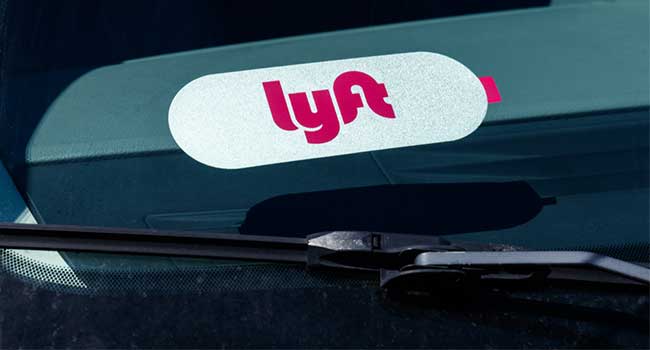
Lyft Adds New Security Measures for Riders
Lyft has announced two new features to enhance the security and safety of the riders using the Lyft platform.
- By Sydny Shepard
- Apr 18, 2019
Lyft has announced two new features to enhance the security and safety of the riders using the Lyft platform. The two new features include continuous background checks and enhanced identity verification.
Now, before giving a ride, Lyft drivers must pass a criminal background check. Lyft is now expanding the background check process to include continuous criminal monitoring. This will provide Lyft with daily monitoring of its active drivers and immediate notification of any disqualifying criminal convictions. And driver that does not pass both the annual and continuous screenings will be barred from the platform, according to a notice on the company's website.
The background check includes a social security number trace, a nationwide criminal search, a country court records search, a federal criminal search, as well as a U.S. Department of Justice 50-state sex offender registry search. To remain on the platform, Lyft requires all active drivers to pass another background check at least every 12 months. Lyft police does not allow drivers whose background check results include violent crimes, sexual offenses, and other disqualifying felonies.
Also announced was a new, enhanced identity verification process, combining driver's license verification and photographic identity verification to prevent identity fraud on our platform. Potentially fraudulent drivers will be required to provide evidence that they are carrying the approved driver's license as well as a real-time photo of their face, which will be used to verify that the driver's identity is authentic.
These new security measures will be layered on top of the additional security the platform already has, including real-time tracking through the share location feature to update friends, if a rider or driver rates someone less than 3 stars they will never be matched with them again, and the ability for drivers to use the Amp, a display that sits on a driver's dash and acts as a beacon, changing color to match the rider's app.
About the Author
Sydny Shepard is the Executive Editor of Campus Security & Life Safety.